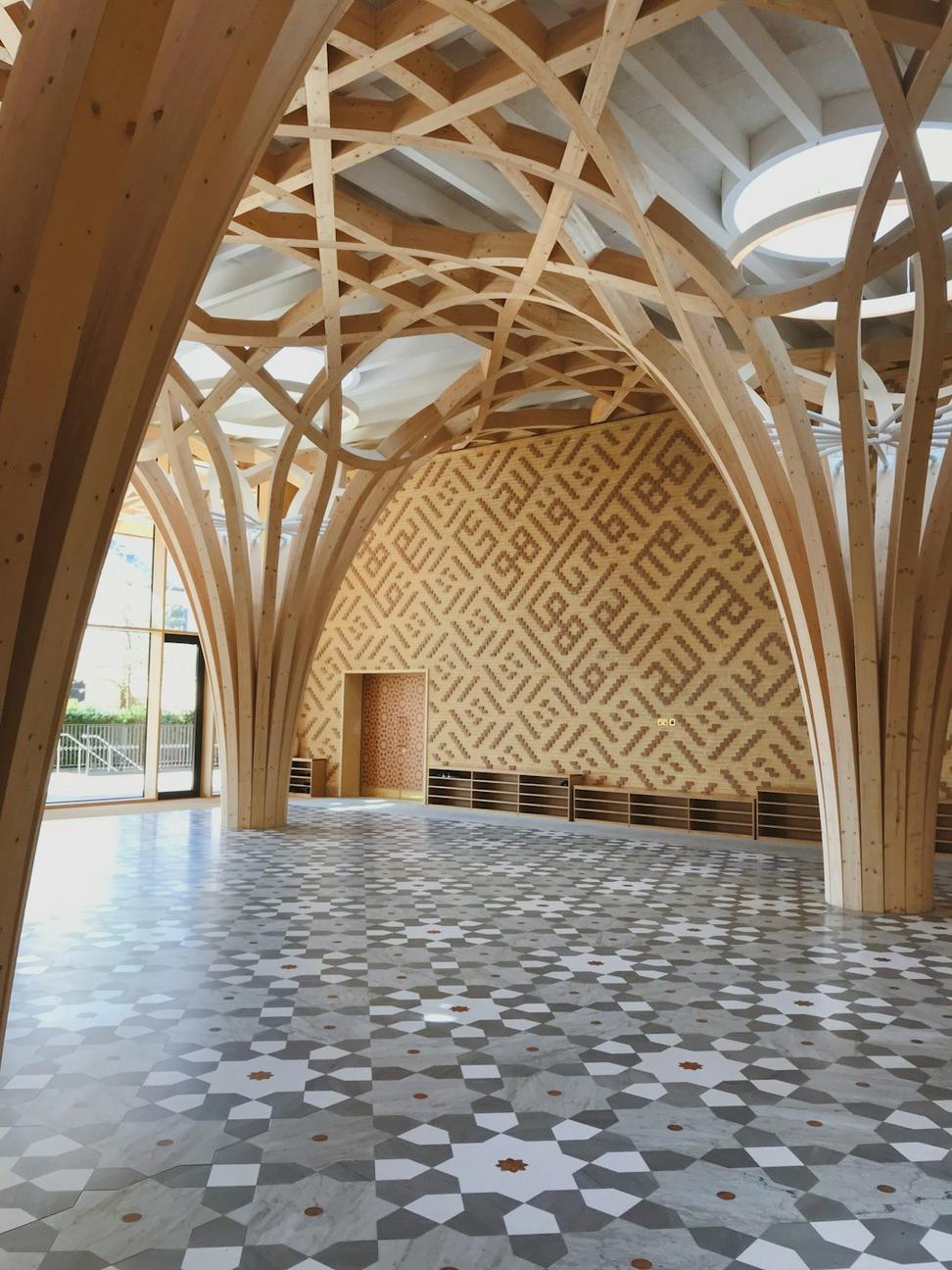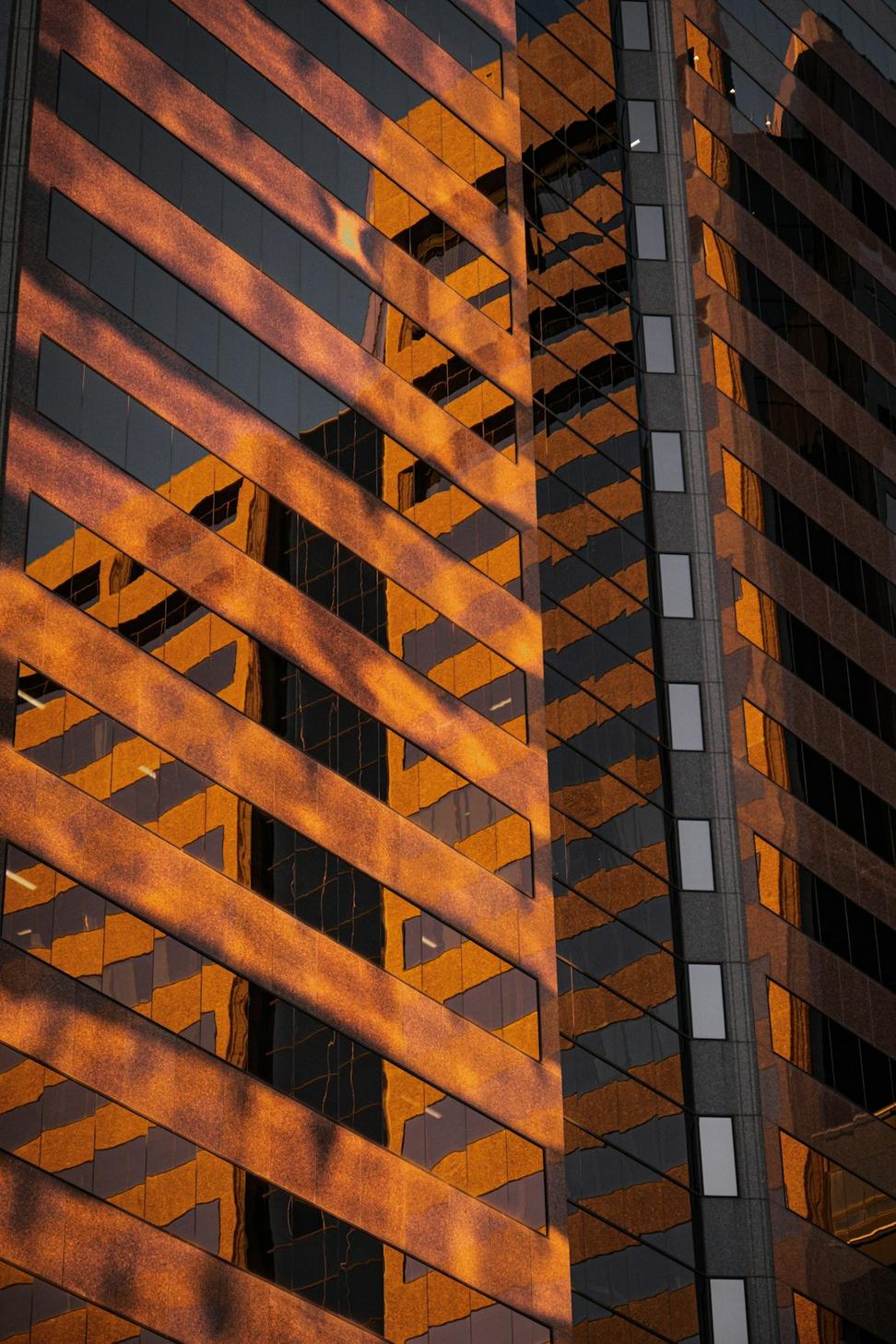Building Smart, Not Just Strong
Look, we're not gonna feed you the usual "green is good" speech. After years of watching wildfires tear through neighborhoods and seeing clients rebuild smarter, we've learned that sustainability isn't just about hugging trees - it's about creating structures that'll still be standing when everyone else's has turned to ash.

